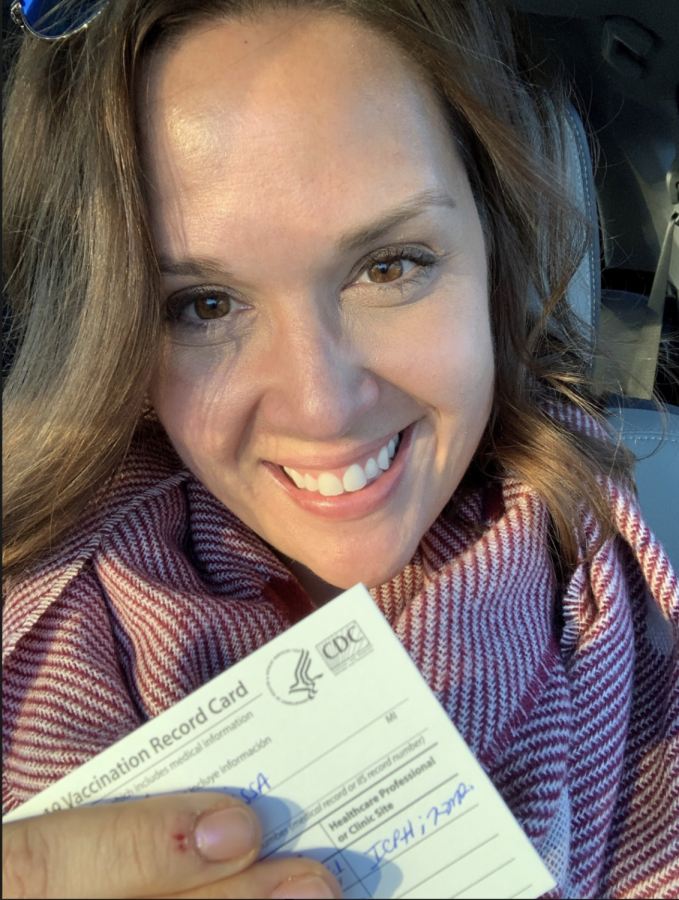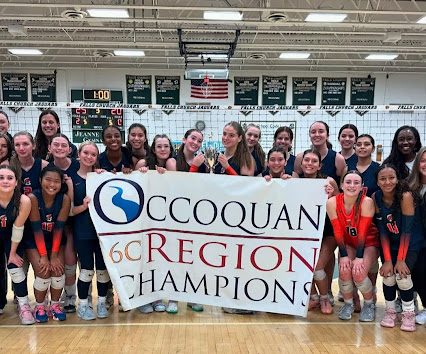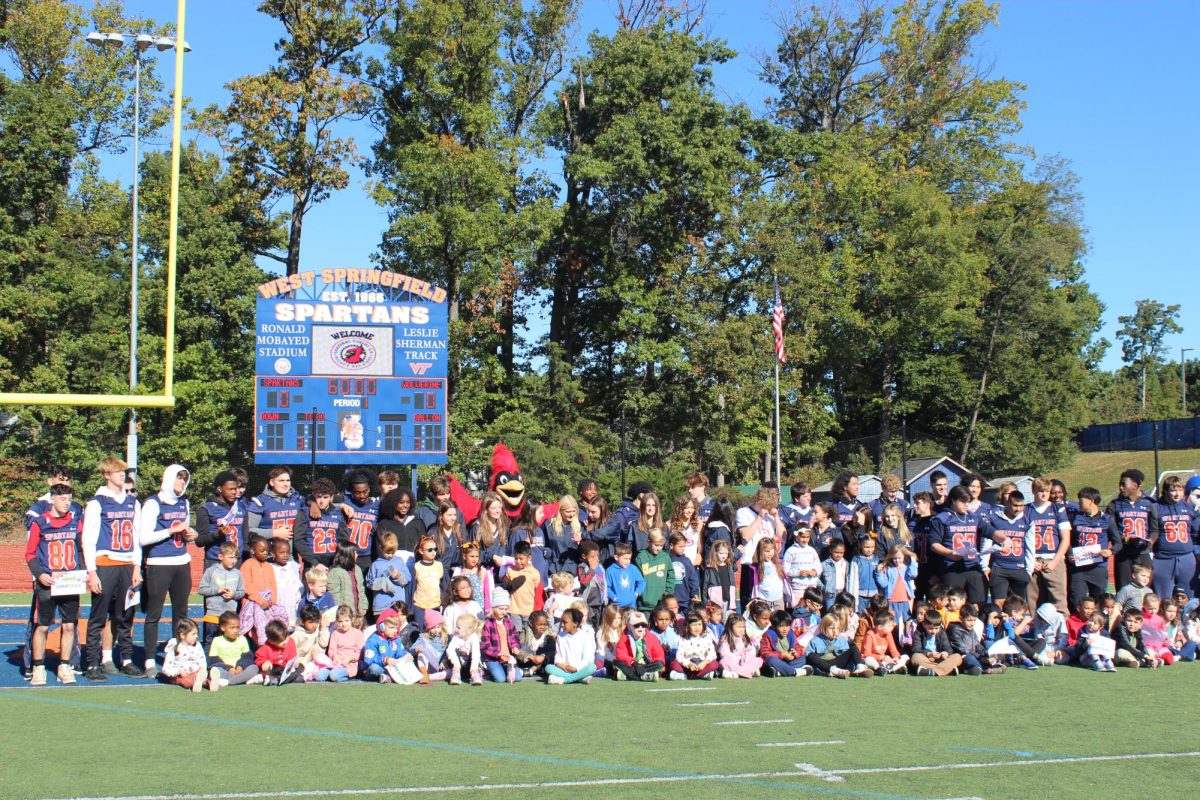Teachers trial the vaccine
March 3, 2021
The restoration of everyday normalcy has recently been made clearer through the latest step in the process towards in-person learning— the vaccination of teachers and staff members. Since the details regarding the return to school have more or less been set in stone, Fairfax County administrators hope to encourage as many teachers as possible to vaccinate.
Faculty members were notified of vaccine availability in mid-January through INOVA and FCPS due to their status designating them to the 1B category as frontline workers. High school teachers were amongst the last to be vaccinated due to the prioritization of elementary school teachers and childcare workers. Many teachers, however, faced significant challenges when signing up for their appointments.
“I lucked out in that I was able to sign up really easily through the INOVA website,” said English teacher Melissa Morgan, “a lot of teachers were frustrated that it just took so long since the times filled right up, but there were thousands of teachers getting on all at the same time and the internet could only handle so much.”
Doses ended up running out as there is currently a nationwide shortage of vaccines available. The complications were a major hindrance that prevented many educators from receiving beneficial protection. Despite all the challenges, INOVA made the best of what they had and turned the negative situation into a positive through fully vaccinating over 70,000 people so far.
“INOVA did an excellent job with [the] administration of vaccines. I would estimate there were 100-200 people in line ahead of me when I arrived [but] the line was constantly moving and people did a good job social distancing,” said calculus teacher Rebecca Barnes.
Concerns regarding the vaccines themselves are difficult to spot since most agree that the benefits greatly outweigh the risks. Though it has been approved and put into emergency use by the World Health Organization, it still is a new vaccine which means symptoms after administration is something to look out for. Each patient tracks and reports their symptoms back to the facility where they got theirs administered, so the different reactions are all being taken into account. For Morgan, the symptoms she experienced were especially distinct after her second dosage.
“My arm hurt and I had a swollen lymph node in my arm where I had the shot, but then as the day went on I got really, really tired and achy,” said Morgan. “I had a headache that entire week and my students were so cute about it, they were so nice and patient. They were all like, ‘Ms. Morgan this is what you should do’ and ‘Ms. Morgan, it’s so great you got vaccinated,’ which I thought was so kind.”
Students also have hope to hold onto as trials are being done on younger age groups by Pfizer and Moderna starting at 12 years old.
“I find it exciting that people in our generation can have access to the vaccine soon. Attending school is so extremely important and I’d want to do it in a way that’s safe for both my family as well as myself,” said sophomore Layan Dweik.
With inoculation rates increasing and face-to-face learning becoming a reality, there is a brighter future to look forward to.
“I miss seeing my students, and I miss the type of teaching that I got to do when there wasn’t a global pandemic,” said math teacher Ashley Karraro. “My hope is that I can once again see all of my students face to face in the near future, but I want that when it’s safe for everyone.”
That future is closer than it may seem with vaccine distribution accelerating as well as with the reopening of school buildings for students by mid-March. Our ordinary lives are within reach and all that’s left is to remain optimistic in spite of all the obstacles.





